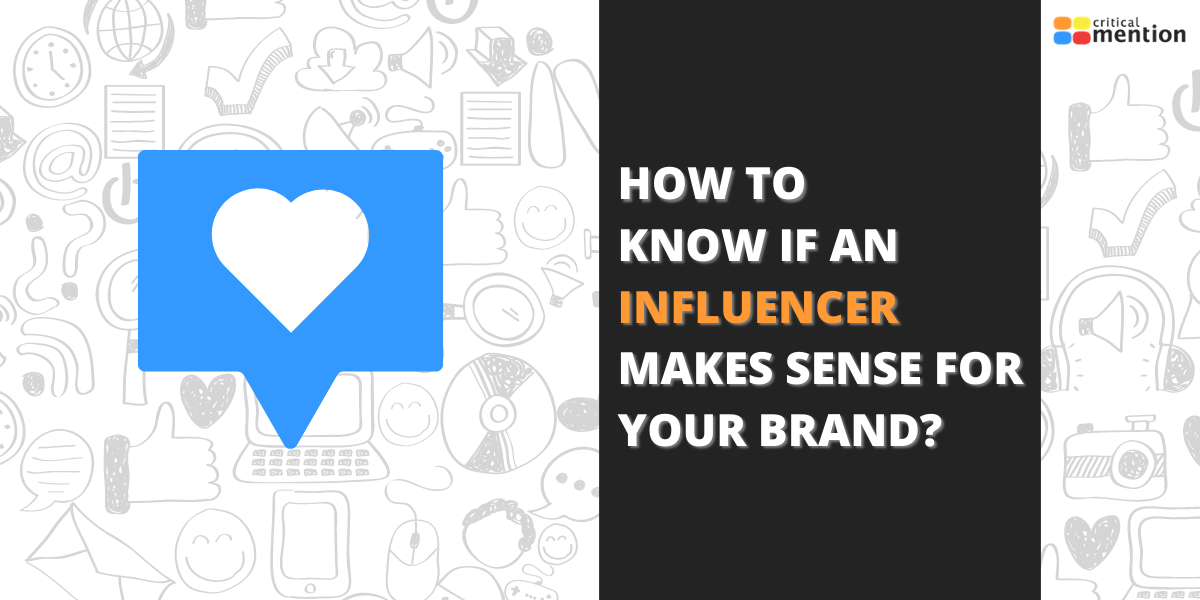
It has been almost a year since COVID-19 struck, forcing countries to shut their borders and lock its people into their homes. What began as a health crisis has now turned into an economic one. World Bank forecasts a 5.2 percent contraction in global GDP in 2020 due to the pandemic. As is true with every crisis, this crisis, too, presents an opportunity for businesses with a strong digital backbone. With terms like “work from home” and “social distancing” going mainstream, and person-to-person interactions becoming increasingly rare, businesses changing course to adopt digital strategies are likely to fare well.
It is in this context that digital marketing gains salience. This piece focuses on one such aspect of Digital Marketing — Influencer Marketing. According to Influencer Marketing Hub, the ROI for every dollar spent on IM in 2020 is $5.78. Its importance is validated by the fact that the global market size of Influencer Market is set to grow from USD 5.5 billion in 2019 to USD 22.3 billion by 2024. Naturally, businesses today can ill afford to ignore influencers.
Given below are some points to consider when collaborating with an influencer.
1. Platform and Target Audience
Choosing the right platform(s) can make or break your marketing campaign. Social media is littered with influencers ranging from fashion divas to movie buffs, from tech reviewers to gamers, from bloggers to vloggers and many more. Each of these cater to an audience that varies in age, demography and, more importantly, in its choice of platform(s). Identifying your target audience and its preferred platform(s) should be the first step to consider before choosing an influencer. For instance, Facebook is an ideal platform to promote consumer-centric products and Twitter for business-centric ones.
2. Influencer Type
Influencers have been segmented into different types, and while it may sound pretentious, this categorization does serve its purpose. Marketers have adopted various terminologies to describe different influencers, differing in their reach, content, or profession. Fortunately, there is a consensus on three kinds of influencers — Mega/Celebrity, Macro and Micro — categorized as per their reach. Micro-influencers have followers in excess of a million; the reach of Macro and Micro-influencers range from 500k–1 million and 10k–100k followers respectively. Each of these serve a unique purpose and should be utilized considering your marketing goals in mind.
3. Content
Content is the lifeblood of Influencer Marketing. Influencers are successful because their contents seem authentic and personal; people feel they are being advised, as opposed to traditional marketing that tries to hard-sell products with false claims and promises. People trust influencers’ opinions owing to the reputation that they’ve built with their content, which they then leverage to market products. With an increasing number of internet users adopting adblockers to avoid ‘irrelevant’ and ‘annoying’ ads, marketers are shifting to ads centered around content.
4. Relevance
Consider a tech blogger promoting a protein shake, or a food blogger asking her followers to subscribe to a financial newsletter. These scenarios seem off because the mentioned influencers deviate from their areas of expertise. But influencers, unlike celebrities, are valued for their expertise and it is for this reason that an influencer’s brand must match yours. Their content should be relevant for their audience to take note of. It is important to go through and analyze an influencer’s content to know if it can be paired with your brand or product.
5. Engagement
The reach of an influencer is gauged by audience numbers. Though an important metric, it is only useful to the extent that the influencer is reaching your target audience. Numbers matter, but engagement matters more since it is what drives the social footprint of a product. An engaged audience helps increase brand awareness and potential sales. When you’re considering partnering with influencers, look for their posting frequency and the engagement their content drives. This will give you a basic idea on how the influencer will perform with your brand or product.
Looking for a way to monitor, analyze and share your coverage from TV, radio, online news and social media sources?
Get a closer look at the most robust media monitoring and intelligence platform in the industry by scheduling a free, custom demo.

Krushan Bari
Krushan is a sales and marketing professional passionate about writing poems and anecdotes. Outside of work, his interests lie in history, economy, films and fiction, as well as following cricket and tennis. You can follow him on Twitter: www.twitter.com/








